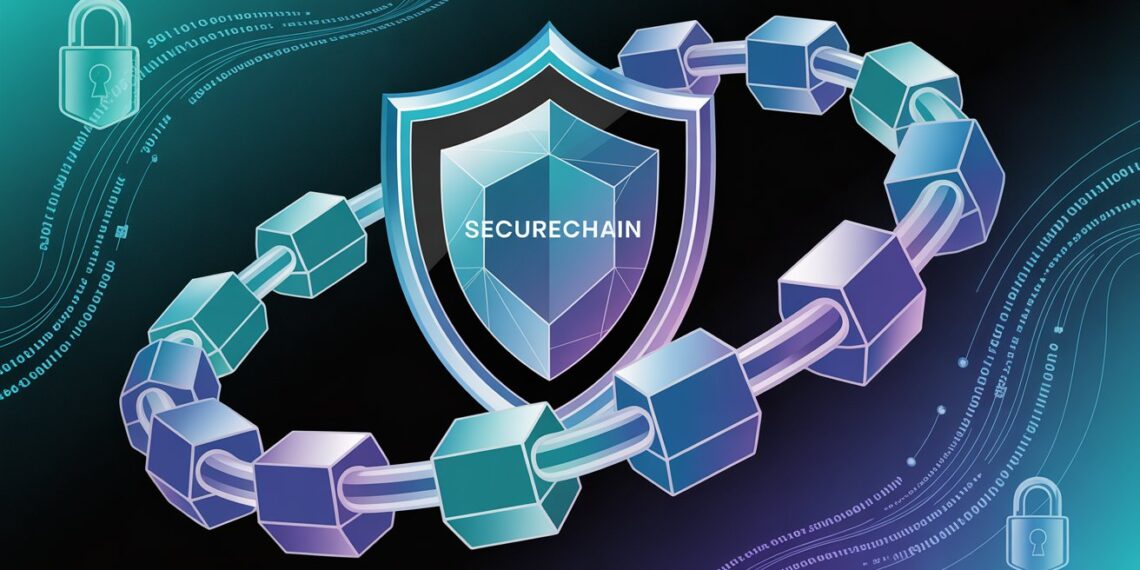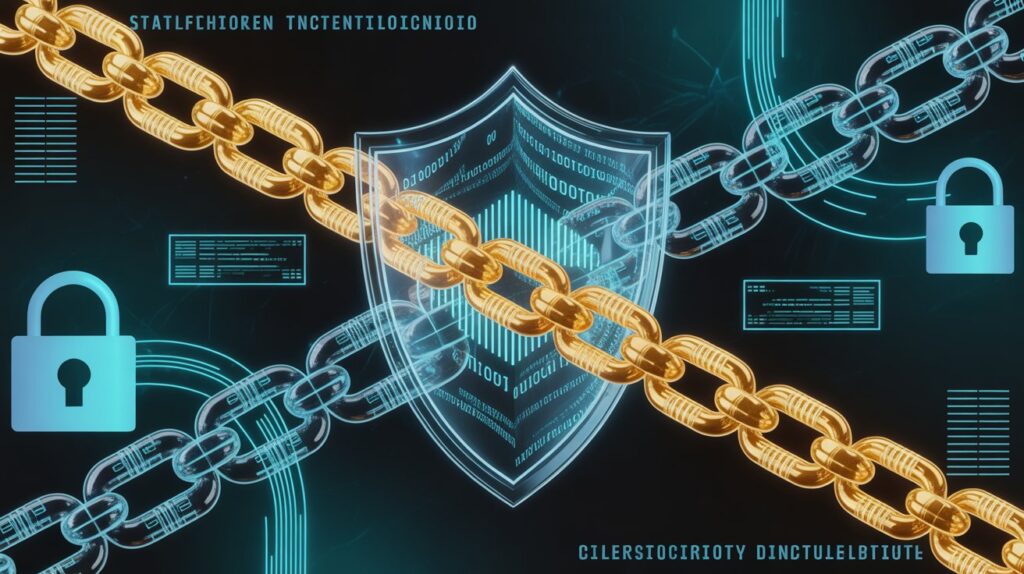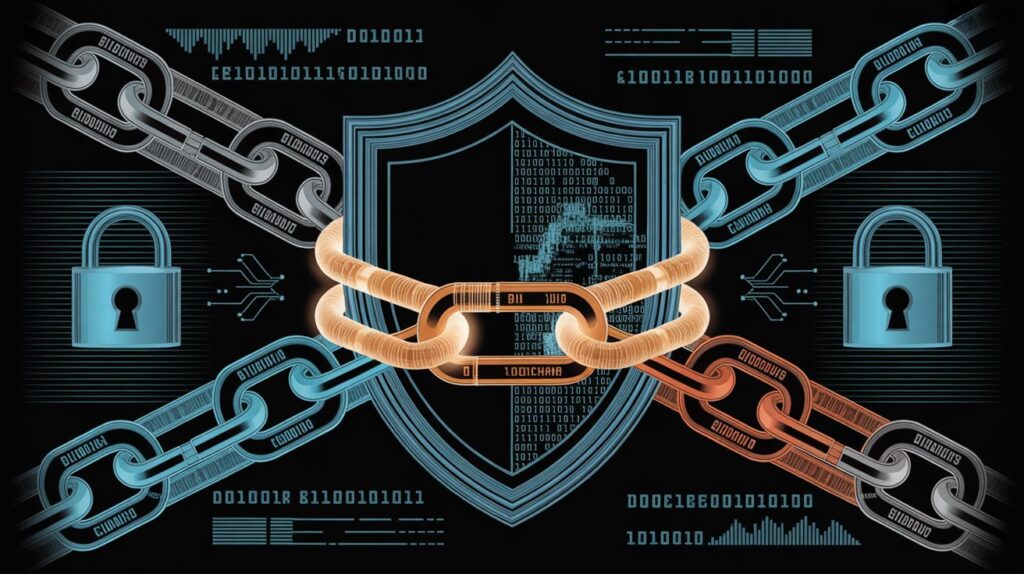In today’s digital world, cyber threats have become more sophisticated, frequent, and damaging. From ransomware attacks to large-scale data breaches, organizations are under constant pressure to safeguard sensitive information. Traditional cybersecurity methods—though effective to some extent—often struggle to address emerging threats in a hyper-connected, data-driven economy. This has opened the door for innovative solutions that can enhance digital trust and resilience.
One such innovation is Blockchain Technology in Cybersecurity. While blockchain is often associated with cryptocurrencies like Bitcoin, its potential goes far beyond digital currencies. With its decentralized, immutable, and transparent nature, blockchain offers new ways to secure systems, authenticate data, and prevent cybercrime.
This article provides a comprehensive guide to the role of blockchain in cybersecurity, exploring its mechanisms, real-world applications, challenges, and future directions. By the end, you’ll understand not just the “what” and “how,” but also the opportunities and limitations of applying blockchain to secure the digital ecosystem.
What is Blockchain and Why It Matters for Security?
Blockchain is a distributed ledger technology (DLT) where data is stored across multiple nodes (computers) rather than in a single centralized database. Each “block” of data is cryptographically linked to the previous block, forming a secure and immutable chain.
Key Security Features of Blockchain
-
Decentralization – No single point of failure; data is distributed across nodes.
-
Immutability – Once recorded, data cannot be easily altered or deleted.
-
Transparency – All transactions are verifiable, improving auditability.
-
Cryptographic Security – Data integrity is enforced through hashing and digital signatures.
-
Consensus Mechanisms – Rules like Proof of Work (PoW) or Proof of Stake (PoS) prevent unauthorized modifications.
These principles make blockchain highly resistant to tampering, fraud, and insider attacks—challenges that often plague traditional cybersecurity systems.
How Blockchain Enhances Cybersecurity
Blockchain does not replace cybersecurity but strengthens it in key areas:
1. Identity Management and Authentication
Traditional username/password systems are vulnerable to phishing and brute-force attacks. Blockchain enables self-sovereign identity (SSI), allowing users to control their credentials without relying on central authorities. Authentication can be decentralized, reducing risks of identity theft.
2. Secure Data Integrity and Verification
Data stored in a blockchain is tamper-resistant. Any unauthorized change becomes instantly detectable, making it ideal for ensuring the integrity of logs, financial records, or intellectual property.
3. Decentralized Storage Solutions
Conventional cloud storage can be hacked if a central server is compromised. Blockchain distributes data across multiple nodes, minimizing single points of failure.
4. Smart Contracts for Access Control
Smart contracts—self-executing programs stored on the blockchain—can automate authorization, access rights, and policy enforcement without manual intervention.
5. Threat Intelligence Sharing
Cyber threat intelligence (CTI) is crucial for organizations, but traditional sharing platforms often lack trust. Blockchain provides a decentralized and secure way to share threat data across industries.
Real-World Applications of Blockchain in Cybersecurity
To better understand its potential, let’s explore specific use cases where blockchain is already making an impact.
1. Securing Internet of Things (IoT) Devices
IoT devices are notoriously vulnerable to hacking because of limited processing power and weak authentication. Blockchain offers decentralized authentication and immutable logs of device interactions, enhancing IoT security.
2. Protecting Healthcare Data
Healthcare systems are frequent targets of ransomware. Blockchain can securely store electronic health records, ensuring confidentiality while enabling authorized access for doctors and patients.
3. Financial Services and Fraud Prevention
Banks and fintech platforms use blockchain to detect fraud, secure digital payments, and improve transaction traceability. Immutable ledgers make it harder for criminals to manipulate records.
4. Supply Chain Integrity
Cyberattacks targeting supply chains can disrupt global commerce. Blockchain helps track the origin and movement of goods, ensuring authenticity and preventing counterfeit products.
5. Government and Defense Systems
Governments can use blockchain to protect sensitive national data, election systems, and secure communications, reducing risks of cyber espionage.
6. Decentralized PKI (Public Key Infrastructure)
Instead of relying on centralized certificate authorities (CAs), blockchain can host PKI systems where trust is distributed, reducing risks of certificate fraud.
7. Cloud Security and Data Sharing
Blockchain enhances secure cloud collaboration by allowing encrypted, permission-based data sharing across organizations without relying on a single provider.
Challenges and Limitations of Blockchain in Cybersecurity
Despite its promise, blockchain is not a magic bullet. Several challenges limit widespread adoption.
1. Scalability Issues
Public blockchains like Bitcoin and Ethereum struggle with transaction throughput. High latency and limited scalability hinder real-time cybersecurity applications.
2. Energy Consumption
Proof-of-Work consensus consumes massive energy, raising sustainability concerns. Though newer models (e.g., Proof of Stake, Proof of Authority) are more efficient, adoption is still growing.
3. Integration with Legacy Systems
Many organizations rely on traditional infrastructure that may not easily integrate with blockchain. Migration costs and technical complexity are major barriers.
4. Privacy Concerns
While blockchain is transparent, this transparency may conflict with regulations like GDPR, particularly the “right to be forgotten.”
5. Governance and Regulation
Clear standards for blockchain adoption in cybersecurity are still evolving. Without global regulatory frameworks, cross-border security initiatives remain fragmented.
6. Blockchain-Specific Attacks
Though secure, blockchains face unique threats such as:
-
51% attacks where malicious actors gain majority control of the network.
-
Smart contract vulnerabilities that attackers can exploit.
-
Private key theft which can compromise identities or funds.
Best Practices for Implementing Blockchain in Cybersecurity
Organizations considering blockchain must approach adoption strategically.
-
Choose the Right Consensus Mechanism – PoW may not be suitable; consider PoS or PBFT for efficiency.
-
Use Permissioned Blockchains – Private or consortium blockchains offer better control and scalability.
-
Hybrid Architectures – Combine blockchain with traditional systems (e.g., off-chain storage for large datasets).
-
Implement Strong Key Management – Hardware security modules (HSMs) and multi-signature wallets reduce risks.
-
Audit and Test Smart Contracts – Regularly test for vulnerabilities before deployment.
-
Ensure Compliance – Align blockchain usage with industry regulations (HIPAA, GDPR, PCI DSS).
Future Directions and Emerging Trends
The use of Blockchain Technology in Cybersecurity is still evolving. Here are promising future trends:
-
Blockchain + AI for Threat Detection – AI can analyze blockchain-based data logs to identify anomalies faster.
-
Post-Quantum Blockchain Security – Preparing for quantum computing threats with quantum-resistant cryptography.
-
Cross-Chain Security Protocols – Interoperable blockchains for secure collaboration across industries.
-
Lightweight Blockchain for IoT – Optimized solutions for resource-constrained IoT devices.
-
Standardization Efforts – Development of international standards to accelerate secure adoption.
Frequently Asked Questions (FAQs)
1. What is blockchain in simple terms?
Blockchain is a decentralized database where data is stored in linked blocks across multiple computers. It’s secure, transparent, and tamper-resistant.
2. How does blockchain improve cybersecurity?
Blockchain enhances cybersecurity by securing identity, ensuring data integrity, decentralizing storage, and providing immutable audit trails.
3. Can blockchain prevent hacking?
Blockchain makes tampering and unauthorized access much harder, but it does not make systems completely hack-proof. Smart contract bugs or poor key management can still create vulnerabilities.
4. Is blockchain secure from all cyber threats?
No. While blockchain is resilient against many attacks, risks like 51% attacks, phishing, and key theft still exist. Security best practices are essential.
5. Where is blockchain used in cybersecurity today?
Real-world use cases include IoT security, healthcare records, supply chain monitoring, fraud prevention in finance, and decentralized identity systems.
6. Will blockchain replace traditional cybersecurity?
Blockchain will not replace but complement existing cybersecurity strategies. It acts as an additional layer of defense rather than a standalone solution.
Conclusion
Cybersecurity threats are growing in complexity, targeting every sector from healthcare to finance. Traditional defenses alone are no longer sufficient to guarantee data safety and trust. Blockchain introduces a new paradigm of security, rooted in decentralization, transparency, and immutability.
By enabling secure identity management, protecting data integrity, decentralizing storage, and improving threat intelligence sharing, blockchain shows great promise in reshaping cybersecurity strategies. However, challenges such as scalability, integration, privacy concerns, and governance must be carefully addressed.
Looking ahead, the fusion of blockchain with emerging technologies like artificial intelligence and post-quantum cryptography will open even greater opportunities. Organizations that invest in research, pilot projects, and best practices today will be better positioned to leverage blockchain as a powerful ally in the fight against cybercrime.
In short, Blockchain Technology in Cybersecurity is not a passing trend but a long-term enabler of digital trust in an increasingly hostile cyber landscape.












